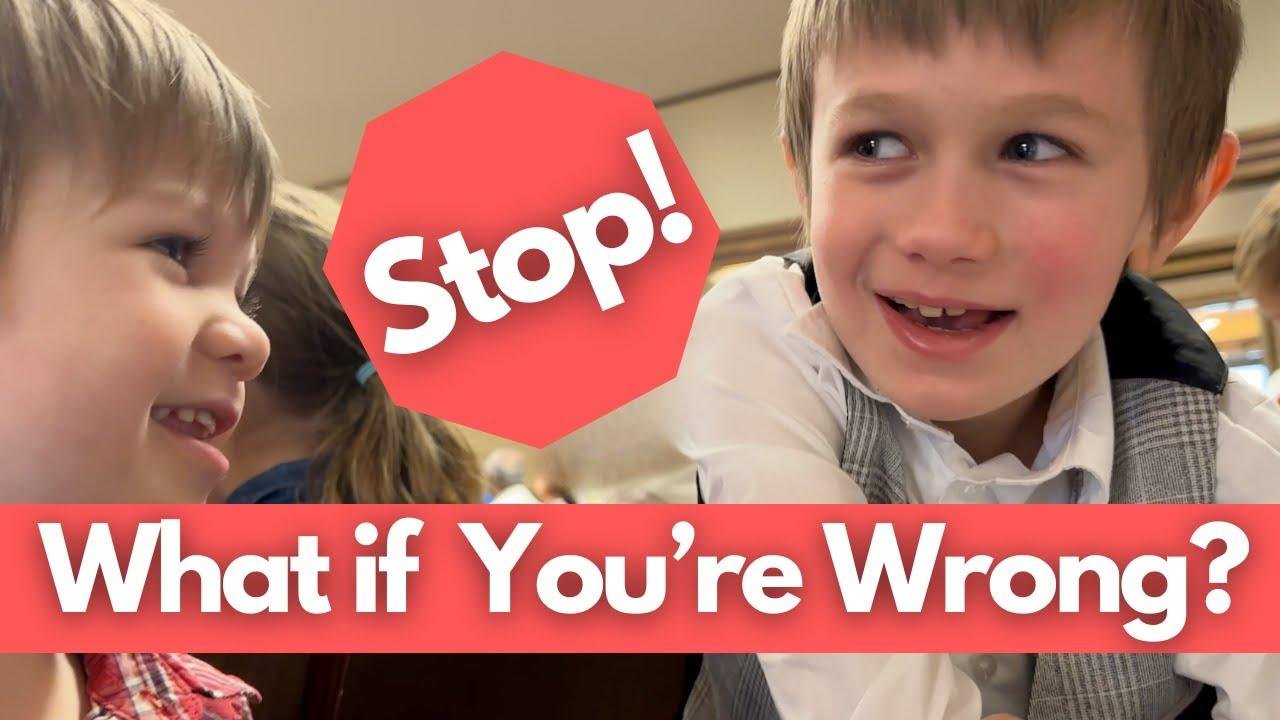Is Your Child Really NOT Autistic? Check for These 12 Signs!
12 Signs Your Child is NOT Autistic
- Mastering First Impressions with peers.
- Being effortlessly social and not stressed in social situations.
- Reading facial expressions like a pro.
- No fidgeting or stemming behaviors.
- Not being a picky eater, trying new foods is a breeze.
- Naturally interacting and not ignoring you.
- Handling changes in routine like a champ.
- Using eye contact to socialize and get your attention.
- Chill with transitions, no meltdowns.
- No intense interests, broad array of likes.
- No sensory sensitivities, unfazed by smells, touch, or noise.
- No trouble communicating, speech development on track.
免责声明:以上内容为观点提炼达人专家概括输出,并非事实准确,仅供参考。
| Sign | Description |
|---|---|
| 1 | Child excels at first impressions with peers |
| 2 | Child is naturally social and doesn’t struggle with social interactions |
| 3 | Child is adept at reading facial expressions |
| 4 | Child does not display fidgeting or stemming behaviors |
| 5 | Child is not a picky eater and is open to trying new foods |
| 6 | Child interacts naturally and does not ignore others |
| 7 | Child is fine with changes in routine |
| 8 | Child uses eye contact effectively for socializing |
| 9 | Child is comfortable with transitions |
| 10 | Child does not display intense, singular interests |
| 11 | Child has no sensory sensitivities |
| 12 | Child has no trouble with communication |
🧩 Signs Your Child May Not be Autistic 🧡
Children exhibit many behaviors that may indicate whether they are on the autism spectrum or not. Here are some signs to look out for that can indicate your child is likely not autistic:
🌟 First Impressions Are Strong
The ability to make a good first impression, especially with peers, can be a sign that a child is not autistic. Social ease and comfort in social situations are key indicators.
🌟 Ease in Social Interactions
Children who exhibit natural social skills without awkwardness or stress are less likely to be on the autism spectrum. Social interactions come easily to them.
🦄 Facial Expression Proficiency
A child who can read facial expressions effectively, both in themselves and in others, may be less likely to be autistic. This ability to understand non-verbal cues is a positive sign.
"Children who excel in social interactions without anxiety or stress are more likely to be neurotypical."
| Quote |
|---|
| "Children who excel in social interactions without anxiety or stress are more likely to be neurotypical." |
🍭 Absence of Fidgeting and Stemming Behaviors
Children who do not engage in repetitive self-regulatory behaviors, such as fidgeting or stemming, may not exhibit characteristics typically associated with autism.
🌈 Smooth Food Transitions
Children who are not picky eaters and are willing to explore new textures and flavors may not display characteristics commonly found in autistic individuals.
🧸 Natural Interaction
Children who interact seamlessly and engage with others without ignoring them are more likely to be neurotypical.
| List of Signs |
|---|
| 1. Strong first impressions with peers |
| 2. Ease in social interactions |
| 3. Proficient in reading facial expressions |
| 4. Absence of fidgeting or stemming behaviors |
| 5. Not a picky eater |
| 6. Smooth transitions in routines |
| 7. Use of eye contact effectively for socializing |
| 8. Comfort with transitions |
| 9. Absence of intense singular interests |
| 10. No sensory sensitivities |
| 11. No trouble with communication |
🔎 Understanding Intense Interests
A lack of intense singular interests in children may indicate they are not autistic. Neurotypical children often have a variety of interests that vary over time.
🌟 Conclusion
In conclusion, recognizing signs that your child may not be autistic can help provide a clearer understanding of their cognitive and developmental processes. By observing behaviors related to social interactions, communication skills, and sensory sensitivities, parents and caregivers can gain valuable insights into their child’s neurodiversity.
🎓 Key Takeaways
- Children who excel in social interactions and exhibit strong first impressions may be neurotypical.
- The absence of fidgeting, stemming behaviors, and sensory sensitivities can be indicators of typical development.
- Smooth transitions in routines and an array of interests are positive signs of neurotypical behavior.
For more information and support for families of children with autism, consider joining our ASD Club or exploring our one-on-one coaching options. Understanding and embracing neurodiversity is key to creating inclusive and supportive environments for all children.
🎈 Remember, every child’s journey is unique, and by being attuned to their individual needs, we can help them thrive and reach their full potential. 🚀


![Analysis of the Hyper-Autistic Warrior – [Dragon’s Dogma 2]](https://raadstest.com/wp-content/uploads/2024/03/WP-20240307173655-905142-768x432.jpg)




